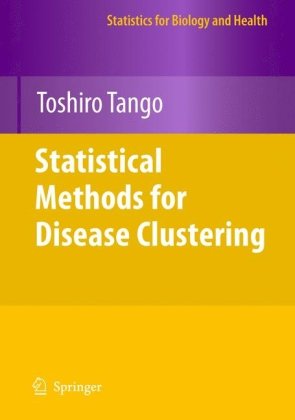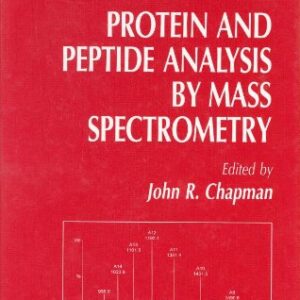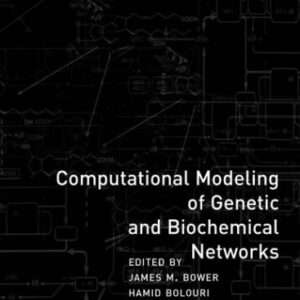The development of powerful computing environment and the geographical information system (GIS) in recent decades has thrust the analysis of geo-referenced disease incidence data into the mainstream of spatial epidemiology. This book offers a modern perspective on statistical methods for detecting disease clustering, an indispensable procedure to find a statistical evidence on aetiology of the disease under study.
With increasing public health concerns about environmental risks, the need for sophisticated methods for analyzing spatial health events is immediate. Furthermore, the research area of statistical methods for disease clustering now attracts a wide audience due to the perceived need to implement wide-ranging monitoring systems to detect possible health-related events such as the occurrence of the severe acute respiratory syndrome (SARS), pandemic influenza and bioterrorism
As an invaluable resource for a wide range of audience including public health researchers, epidemiologists and biostatistians, this book features:
A concise introduction to basic concepts of disease clustering/clusters
A historical overview of methods for disease clustering
A detailed treatment of selected methods useful for practical investigation of disease clustering
Analysis and illustration of methods for a variety of real data sets
Toshiro Tango, Ph.D., is the Director of Department of Technology Assessment and Biostatistics of National Institute of Public Health, Japan. He has published a number of methodological and applied articles on various aspects of biostatistics. He is Past President of the Japanese Region of the International Biometric Society. He has served as Associate Editor for several journals including Statistics in Medicine and Biometrics.






Reviews
There are no reviews yet.